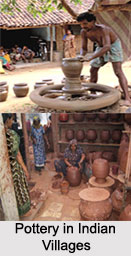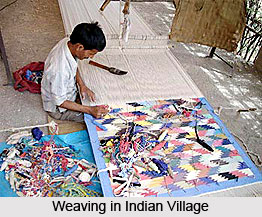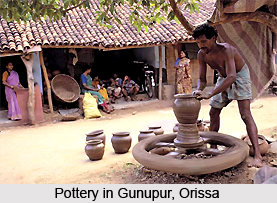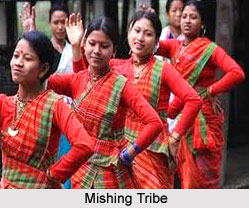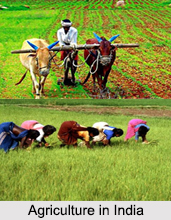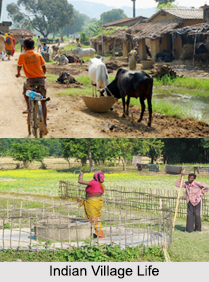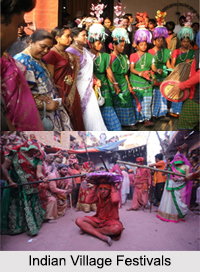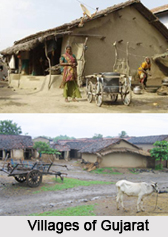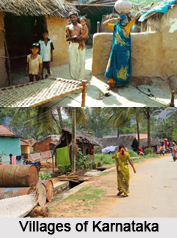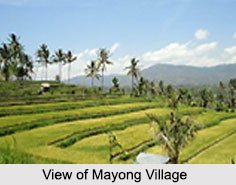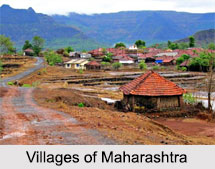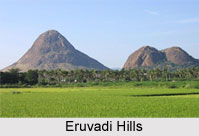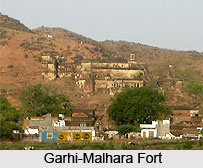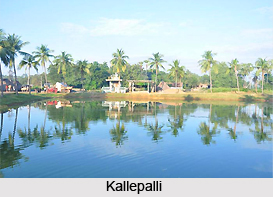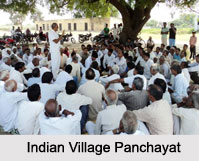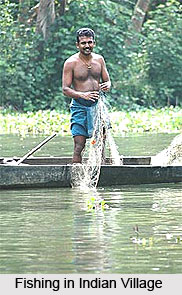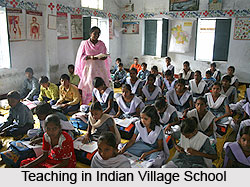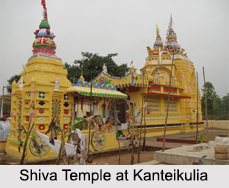 Kanteikulia is a small village and panchayat in Angul district, Odisha. The Khandanal River flows near the village. It is surrounded by Sal forest. It is reached via National Highway 42 and about 6 km north, near the edges of the Bamur Forest Range. There is a notable Hindu temple dedicated to Lord Shiva in the village of Kanteikulia. This place is also known as "Kanteikolia".
Kanteikulia is a small village and panchayat in Angul district, Odisha. The Khandanal River flows near the village. It is surrounded by Sal forest. It is reached via National Highway 42 and about 6 km north, near the edges of the Bamur Forest Range. There is a notable Hindu temple dedicated to Lord Shiva in the village of Kanteikulia. This place is also known as "Kanteikolia".
Location of Kanteikulia
The Kanteikulia village is located 43 km towards west from the district head quarters Angul, 27 km from Kishorenagar and 160 km from the state capital Bhubaneswar.
Demography of Kanteikulia
According to the 2011 Census, the total population in Kanteikulia village is 375 and number of houses are 93. Female Population is 46.9 percent. Village literacy rate is 72.0 percent and the female literacy rate is 29.3 percent. Oriya is the local language in Kanteikulia village.
This article is a stub. You can enrich by adding more information to it. Send your Write Up to content@indianetzone.com

